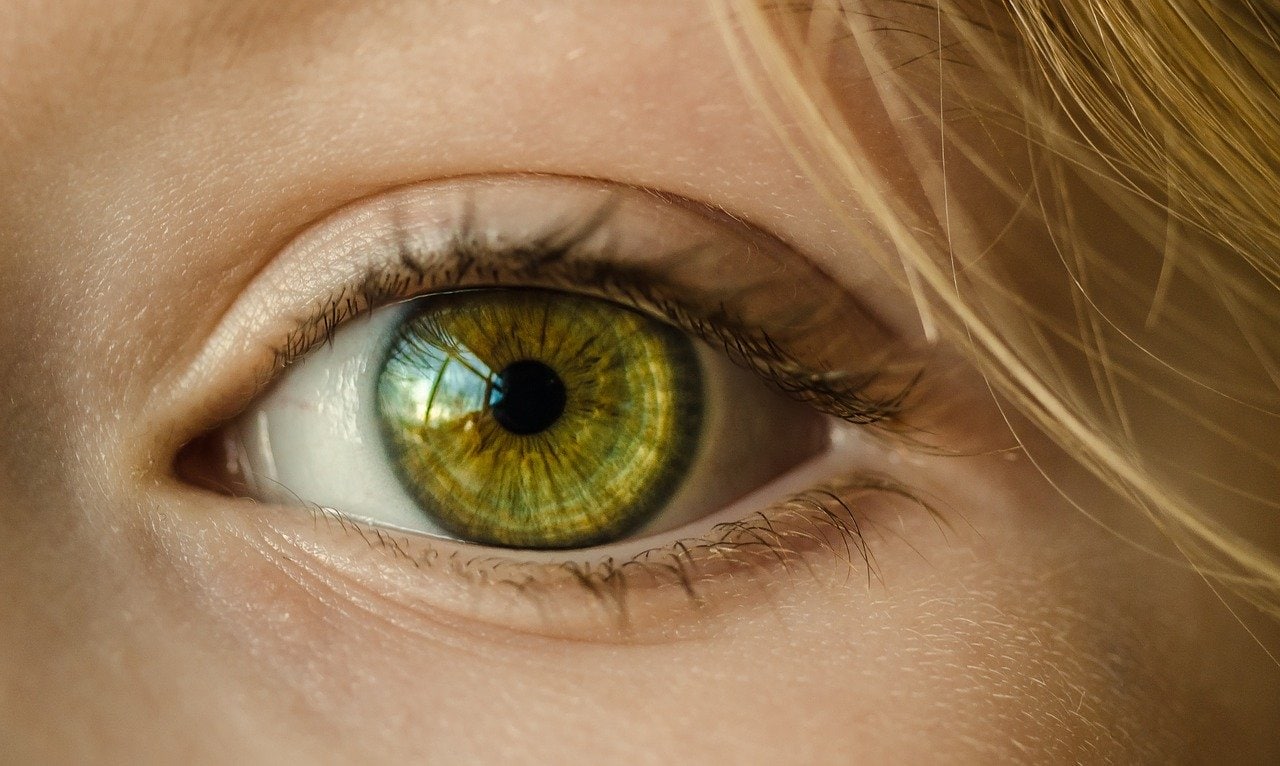
Have you ever considered the fascinating process that enables us to perceive the world around us? Our eyes and brains work together in a complex and fascinating way to produce vision, which is a sense that captivates us. The journey of light as it enters the eye, the function of various eye structures, and the incredible processing that occurs in our brain to form visual perception will all be the subject of our investigation in this article. Get ready to be flabbergasted as we unwind the privileged insights behind this noteworthy sense that permits us to encounter the magnificence and miracle of our environmental elements.
The Eye's Anatomy:
It is essential to begin with the eye's anatomy in order to comprehend how we see. We will investigate the different designs included, including the cornea, iris, focal point, retina, and optic nerve. Learn about each component's remarkable functions and the role they play in capturing and sending visual information to the brain.
The Excursion of Light:
Investigate the excursion of light as it enters the eye and goes through a progression of changes. We will decipher the process that enables light to focus on the retina, the light-sensitive tissue at the back of the eye, starting with the moment light rays pass through the cornea and pupil and ending with their refraction by the lens.
The Retina's Function:
Explore the retina's intricate layers, which are responsible for capturing light and transforming it into electrical signals. Learn about the special cells called rods and cones, how they are spread out across the retina, and how they help us see different colors and levels of light.
From Photoreceptors to Brain Signs:
Find out how the retina's photoreceptor cells convert light energy into electrical signals, which sets off a complicated chain of events. Investigate the job of bipolar cells and ganglion cells in transferring these signs to the cerebrum through the optic nerve.
The Brain's Control of Visual Processing:
Discover how visual information travels from the optic nerve to various brain regions, including the visual cortex. Investigate the brain's processing and interpretation of these signals, which enable us to perceive color, depth, motion, and shapes. Investigate concepts like binocular vision, visual field, and visual perception.
Vision Extrasensory:
Past the nuts and bolts of vision, we'll address charming peculiarities like fringe vision, variety vision, profundity insight, and variation. Acquire bits of knowledge into how our cerebrum flawlessly incorporates visual data, making a strong and vivid visual experience.
Iimage credit: google images
Post a Comment